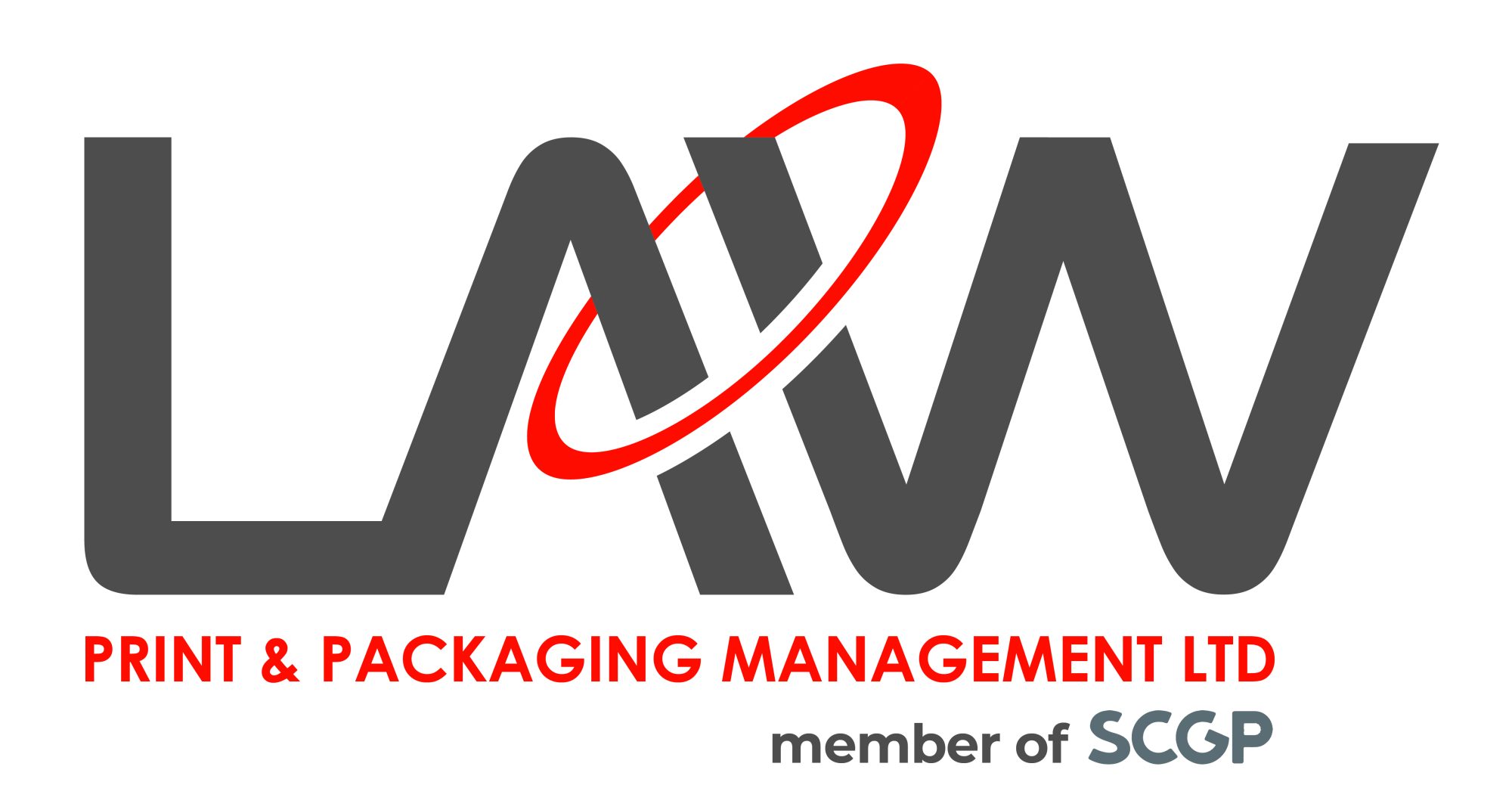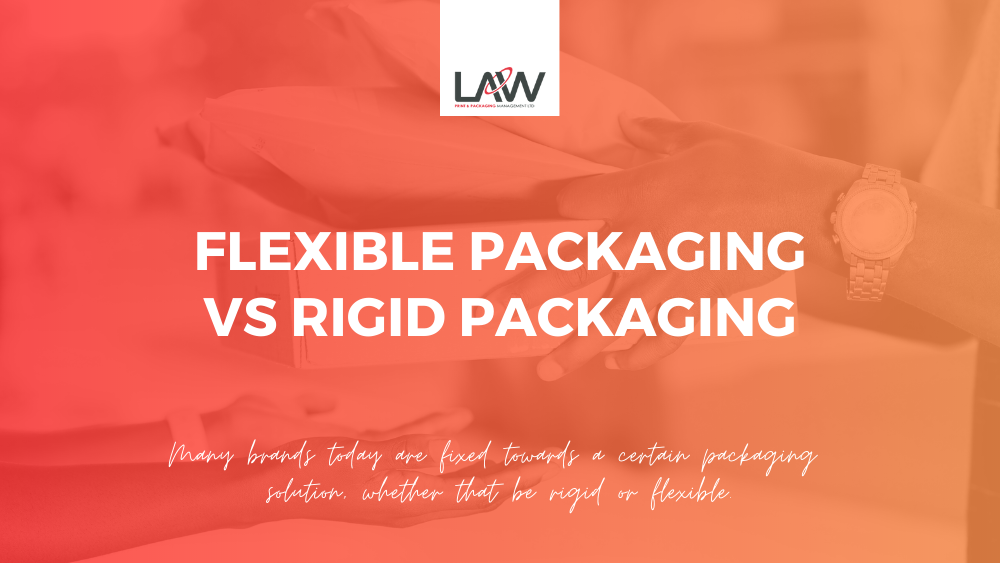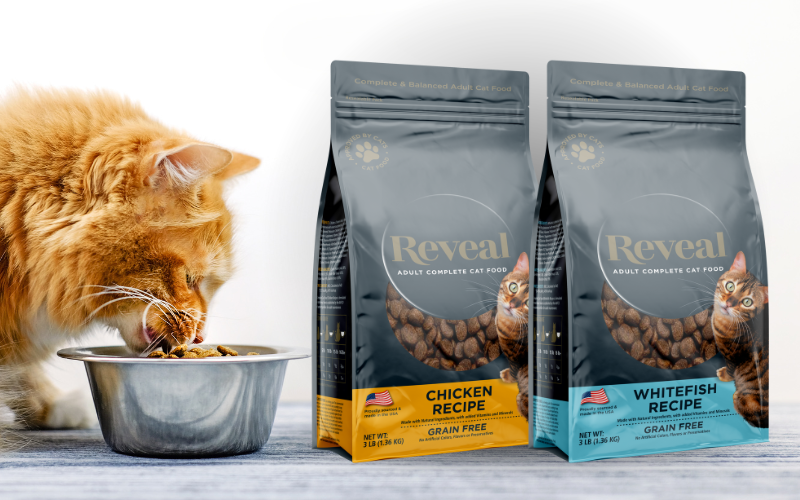Many brands today are fixed towards a certain packaging solution, whether that be rigid or flexible. The reasons for this can vary, sometimes it can be because that’s just the way it has always been (think protein powder in plastic tubs).
But the truth is, there is no one-size-fits-all solution – both packaging structures have benefits depending on the type of product being packaged, or how it will be used.
It’s important to note that the market for rigid packaging is currently larger than the market for flexible packaging, but it is also paramount to mention that flexibles are quickly gaining traction and dominance in new industries every year.
Rigid Packaging is defined as “unable to bend or be forced out of shape; not flexible.”
Rigid packaging offers structure and support for products and is known for its strength. Examples of rigid packaging materials include corrugated and paperboard boxes, plastic bottles and boxes, aluminium cans, and glass jars.
Flexible Packaging is defined as a package or container made of flexible or easily yielding materials that, when filled or closed, can be readily changed in shape.
Law Print can provide flexible packaging solutions such as Stand Up Pouches, Quad Seal or Flat Bottom Bags and Woven Polypropylene Sacks, which can be made from conventional laminated plastics, or mono material structures which make them recyclable. We can also provide bags that contain over 30% recycled content, making them ideal for businesses that are trying to cut costs incurred from the plastic packaging taxes that have come into force across Europe.
What are the key differences between rigid packaging and flexible packaging?
- Rigid packaging is made from denser and thicker materials which makes it heavy, whereas flexible packaging that is made from plastic materials is a lot lighter. This reduces the transport costs associated with the movement of the product
- Rigid Packaging can be made from recyclable materials such as glass, but overall flexible packaging has a much less product to packaging ratio
- Items packed in pouches or bags can be more durable depending on the material, and their shelf life is much longer than rigid packaging, which reduces food waste overall. This is true regardless of whether it is used for human food or pet food
- If a bag or pouch is dropped during transit or from shop to home, it can absorb the impact, whilst rigid packaging can dent and sometimes break
- Pouches and bags have lots of free graphic space available on the outside, effectively creating a blank canvas, which means a brand is able to use this space as a marketing tool
Reducing your carbon footprint by using flexible packaging
Using flexible films and laminates can significantly reduce environmental impact at the manufacturing stages. The amount of energy used in production/consumption has a less negative impact on the environment than traditional rigid packaging. So, although glass bottles can be reused and recycled, with flexible pouches the product-to-package ratio is 35 times greater than glass bottles. With more product and less packaging, landfill waste is significantly reduced.
These efficiencies also trickle down to distribution and storage, with less space needed for transportation resulting in fewer CO2 emissions in transit, and less warehousing space for stock holding being used.
Increasing your product shelf appeal by offering convenience
Flexible plastic packaging can be customised to the extreme. It can be tailored to fit your needs. Manufacturers can make packaging of almost any shape and size to suit your product, brand and other business needs.
Features such as zippers, easy-tear notches and spouts make usage more convenient for your customers. Your end-users are increasingly looking for more convenience, and these features can provide brands with just what they need to increase sales.
Rigid packaging can also be customised, but it can be limiting in terms of visibility on shelves, especially on curved items like cans or bottles.
If your brand is looking to invest in quality flexible packaging, we will guide you through the entire print process. Providing recommendations along the way to improve efficiency, reduce costs and add untold value to the end product.
Contact us by calling +44 (0) 161 440 7302 or by following this link to complete our contact form.
CASE STUDIES | CONTACT US | SOCIAL MEDIA | NEWSLETTER


